The construction of the Suez Canal stands as one of the most impressive engineering feats of the 19th century. Spanning 120 miles, this man-made waterway forever changed global trade routes. It took a decade of hard work, innovation, and international collaboration to complete. The canal’s history is filled with remarkable stories that highlight its significance and the challenges faced during its construction.
A Vision of Global Connectivity
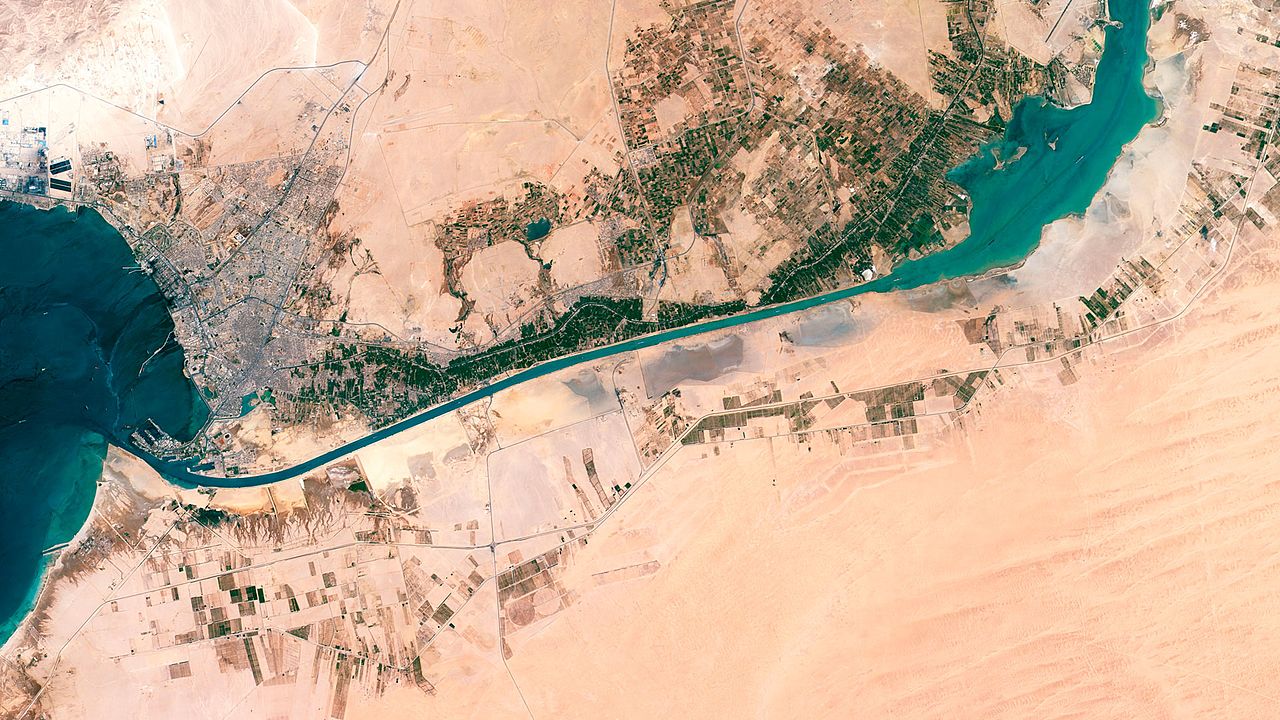
The Suez Canal was envisioned as a way to drastically shorten the sea route between Europe and Asia. Prior to its construction, ships had to navigate around the southern tip of Africa. The canal idea had been considered for centuries, but it wasn’t until the 19th century that it became a reality. This vision significantly altered global trade and geopolitics.
Ferdinand de Lesseps’ Leadership
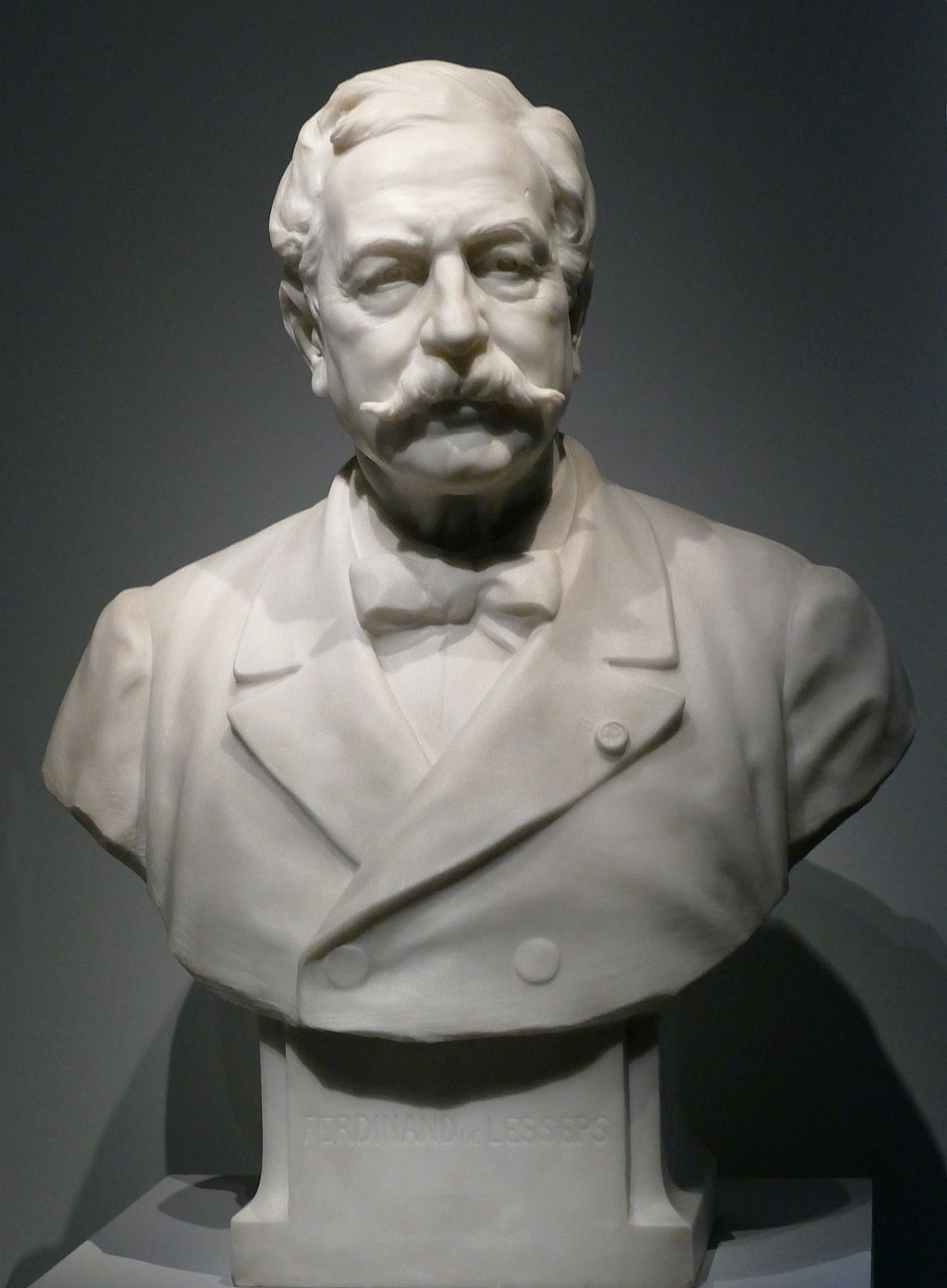
French diplomat Ferdinand de Lesseps was the driving force behind the canal’s construction. His determination and negotiation skills were pivotal in overcoming political and financial obstacles. De Lesseps’ leadership inspired confidence in the project, despite many critics. His work on the Suez Canal cemented his legacy as one of history’s great builders.
The Role of Forced Labor
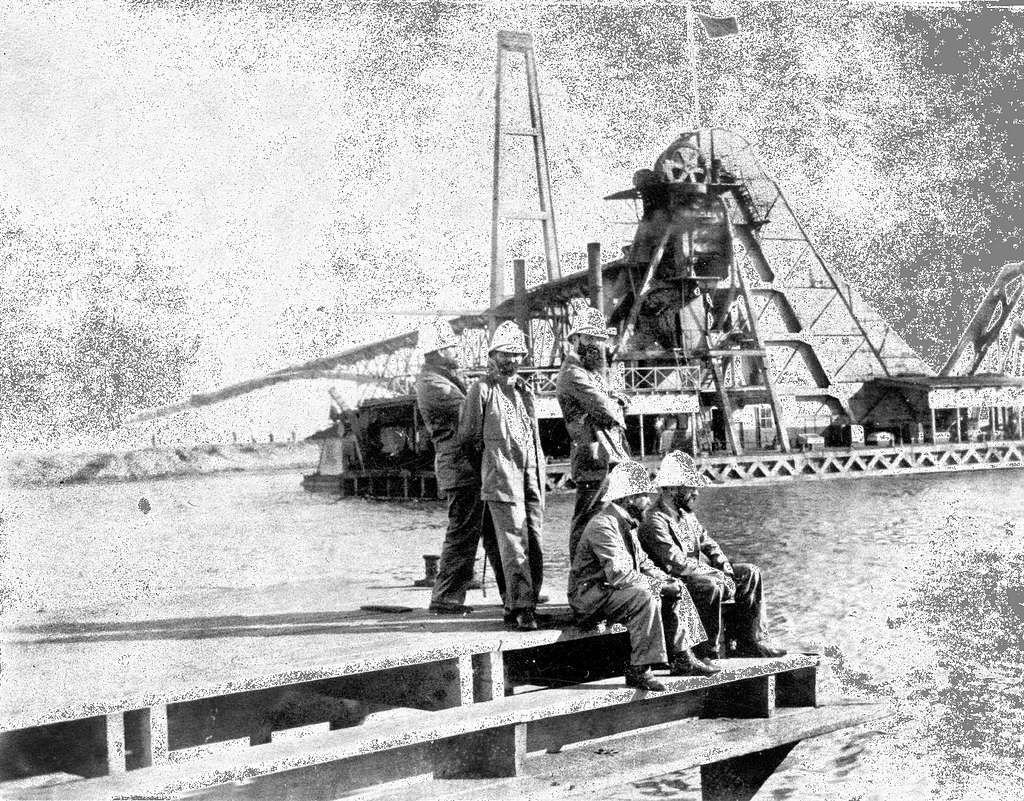
The early stages of the canal’s construction relied heavily on forced labor, particularly from Egyptian peasants known as corvée laborers. Thousands were conscripted to work under harsh conditions, leading to significant loss of life. The use of forced labor became a point of controversy and eventually led to international pressure to reform labor practices. This aspect of the canal’s history is a stark reminder of the human cost of such monumental projects.
The Impact of Modern Technology
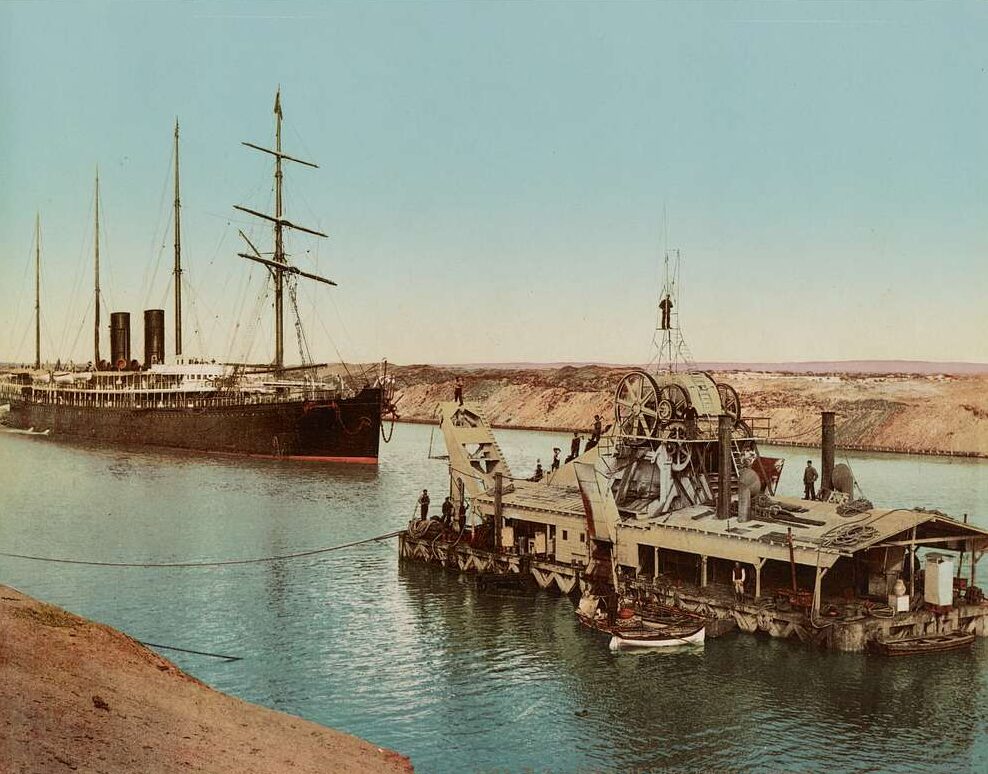
The Suez Canal was one of the first major engineering projects to utilize modern machinery. Steam-powered dredgers and other equipment were used to excavate large sections of the canal. This use of technology represented a shift from manual labor to mechanized construction, marking the beginning of a new era in engineering. It allowed for greater efficiency and a faster completion time.
The Waterway’s Strategic Importance
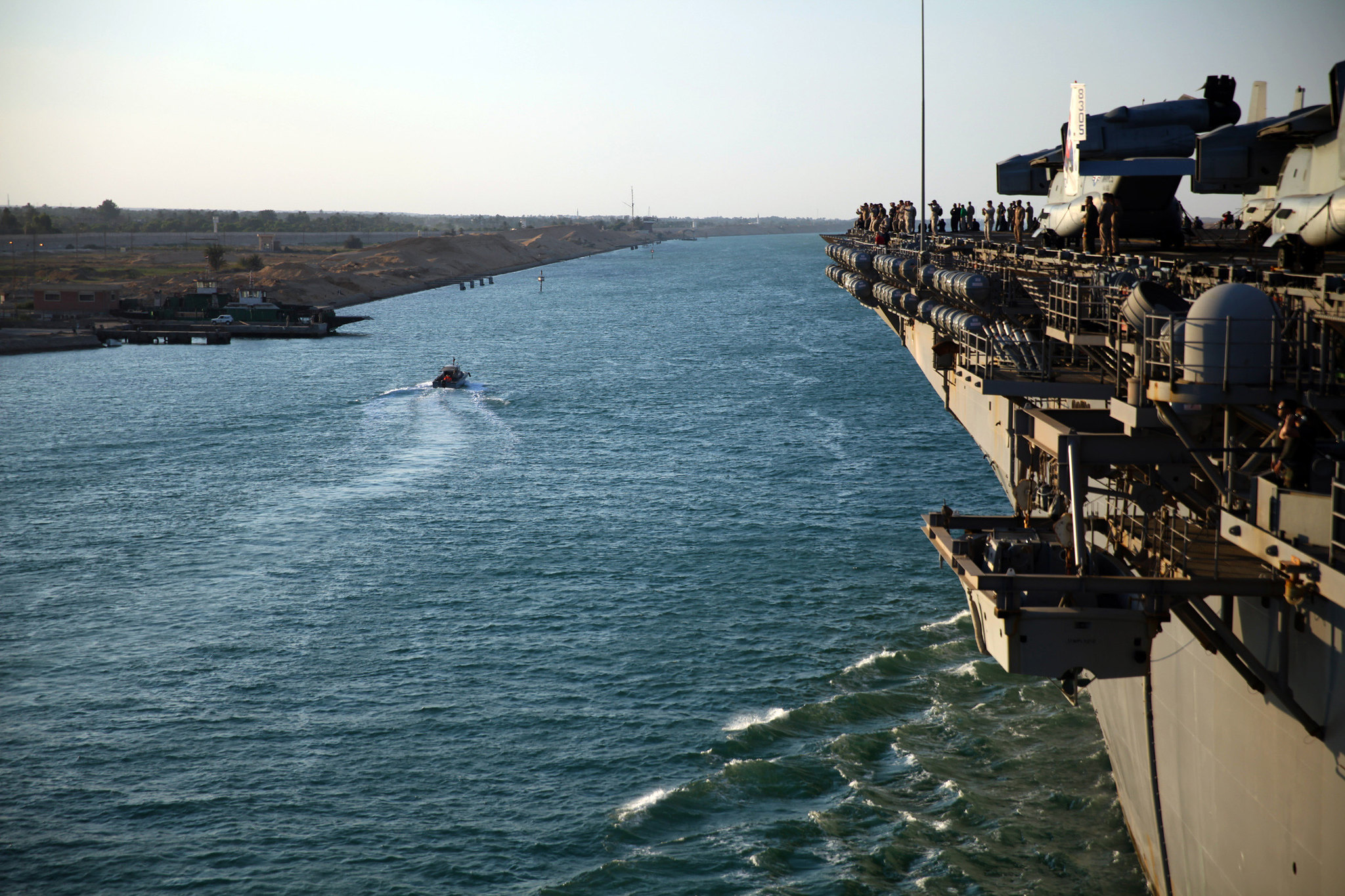
The canal’s strategic importance was immediately recognized upon its completion. It became a critical point of control for military and economic power, especially for European colonial powers. The Suez Canal has been at the center of numerous conflicts and negotiations over the years. Its control has been seen as a key to global dominance.
An Engineering Marvel of Its Time
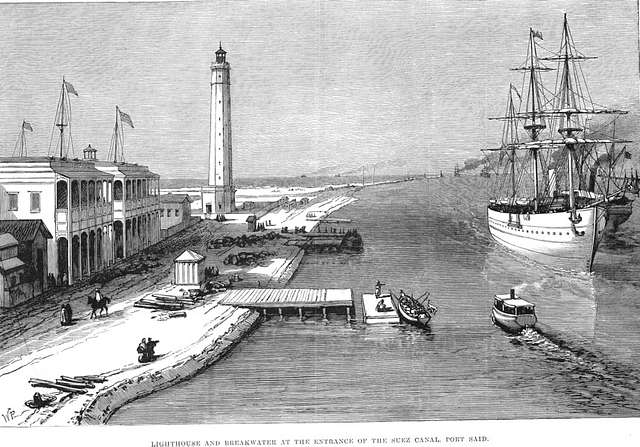
When it was completed in 1869, the Suez Canal was hailed as an engineering marvel. The canal’s construction involved cutting through challenging terrain and creating a passage through deserts and lakes. Engineers had to overcome significant challenges, including maintaining the water level and preventing the canal from silting up. This project pushed the boundaries of what was possible at the time.
The Canal’s Length and Depth
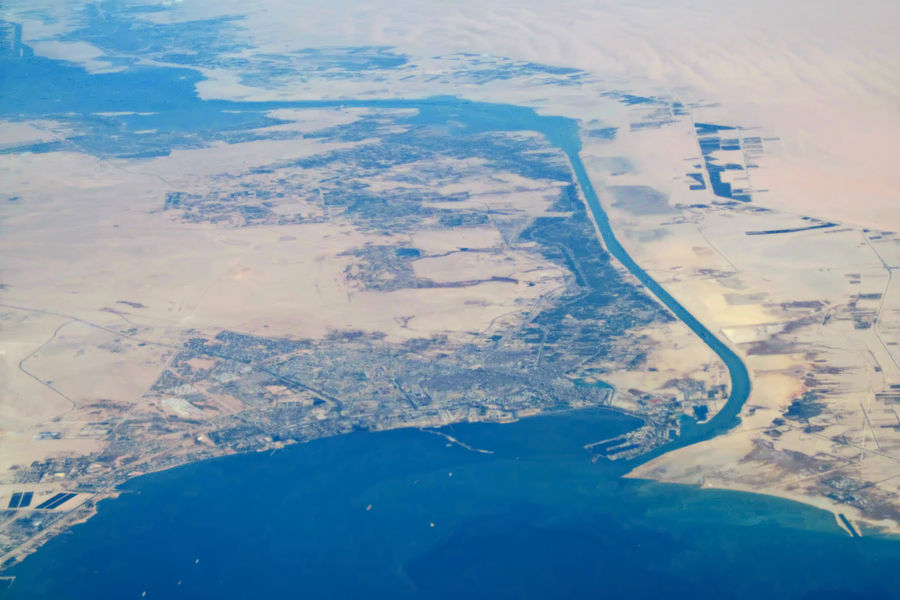
The Suez Canal originally stretched 102 miles long and was 26 feet deep. Over the years, it has been expanded and deepened to accommodate larger ships. Today, the canal is 120 miles long and 79 feet deep, reflecting ongoing efforts to maintain its relevance in global trade. These changes have allowed the canal to handle some of the world’s largest vessels.
International Collaboration and Conflict
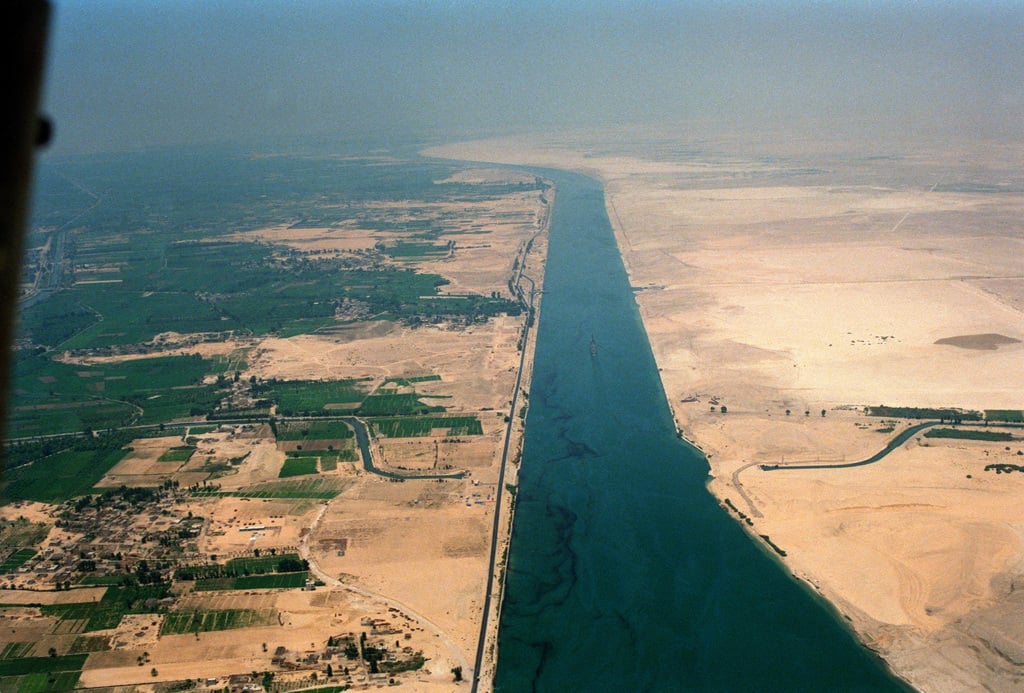
The construction and operation of the Suez Canal have always been a source of international collaboration and conflict. Various countries have had vested interests in the canal due to its strategic and economic importance. The canal has seen numerous treaties, agreements, and even wars fought over its control. This international dimension adds complexity to its history.
The Opening Ceremony
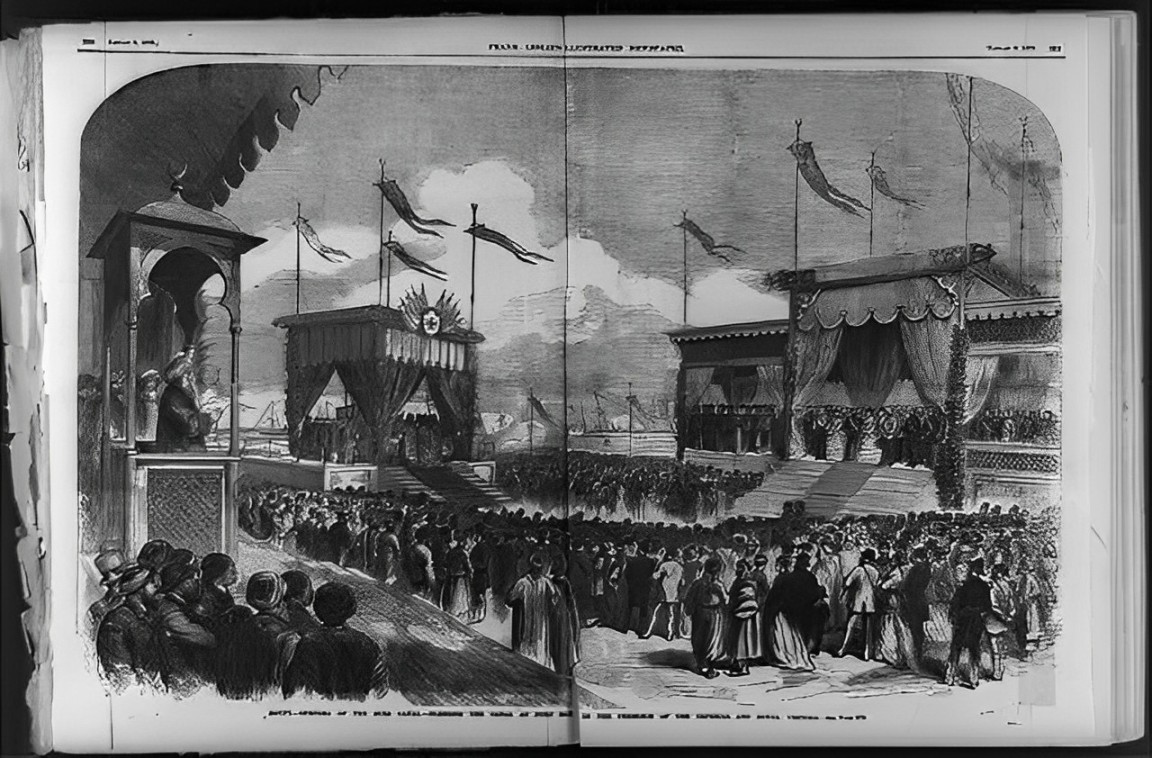
The canal’s opening ceremony in 1869 was a grand affair, attended by dignitaries from around the world. It marked the beginning of a new era in global trade and connectivity. The event was celebrated with much fanfare, including a procession of ships through the newly completed canal. This momentous occasion underscored the significance of the canal on the world stage.
The Canal’s Role in World War I
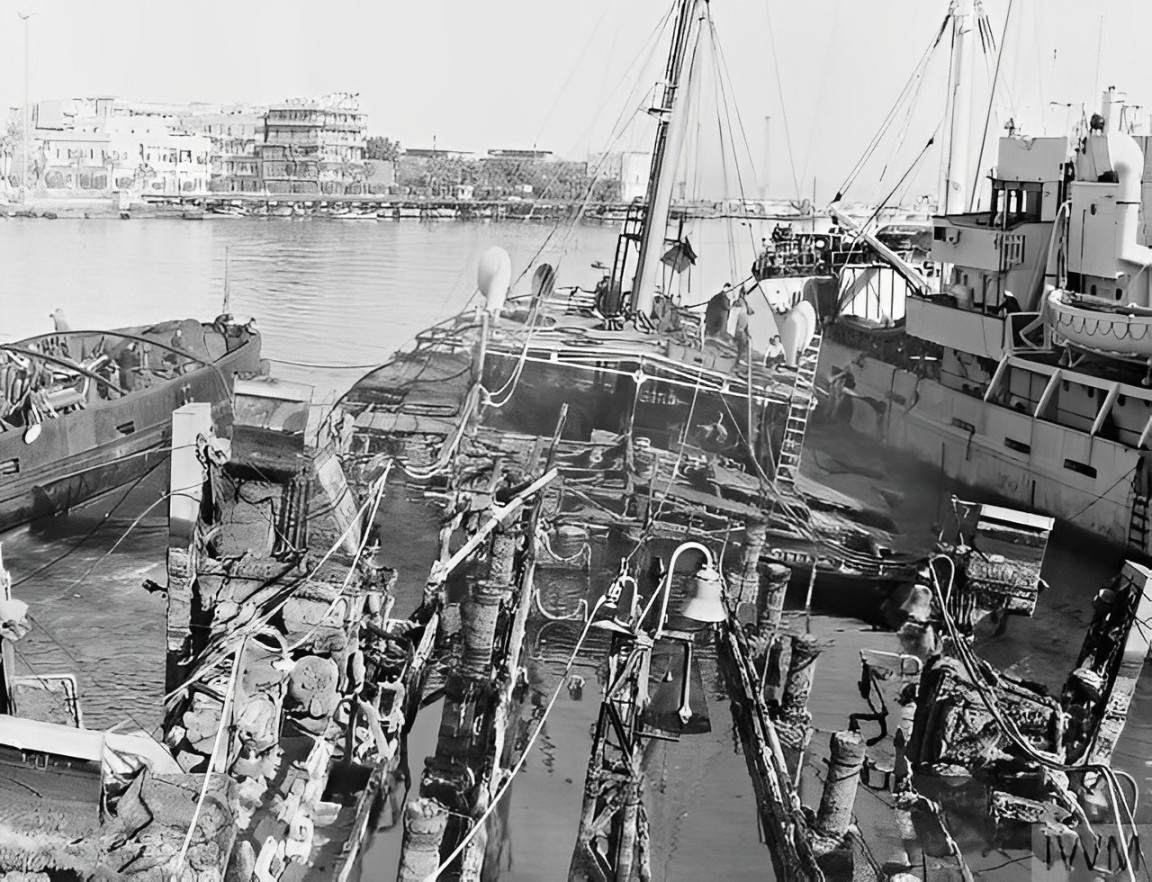
During World War I, the Suez Canal was a crucial strategic asset for the Allied forces. It allowed for the rapid movement of troops and supplies between Europe and the Middle East. Control of the canal was essential to the war effort, and it was heavily guarded throughout the conflict. The canal’s importance in wartime highlighted its value beyond just commercial use.
The Nationalization of the Canal
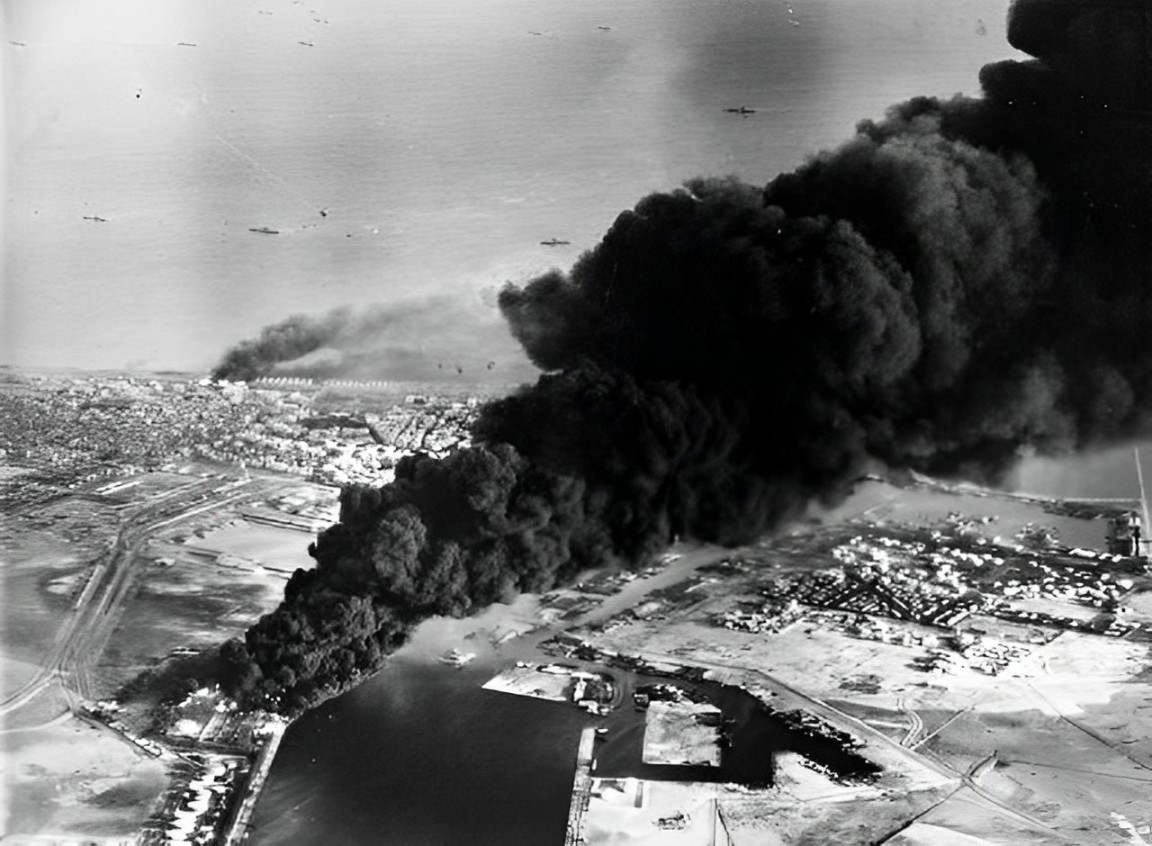
In 1956, Egyptian President Gamal Abdel Nasser nationalized the Suez Canal, taking control from the British and French. This bold move led to the Suez Crisis, where Britain, France, and Israel invaded Egypt. The crisis eventually led to international intervention and a ceasefire, but it marked a significant shift in the control of the canal. Nasser’s actions were seen as a symbol of anti-colonial resistance.
Environmental Challenges
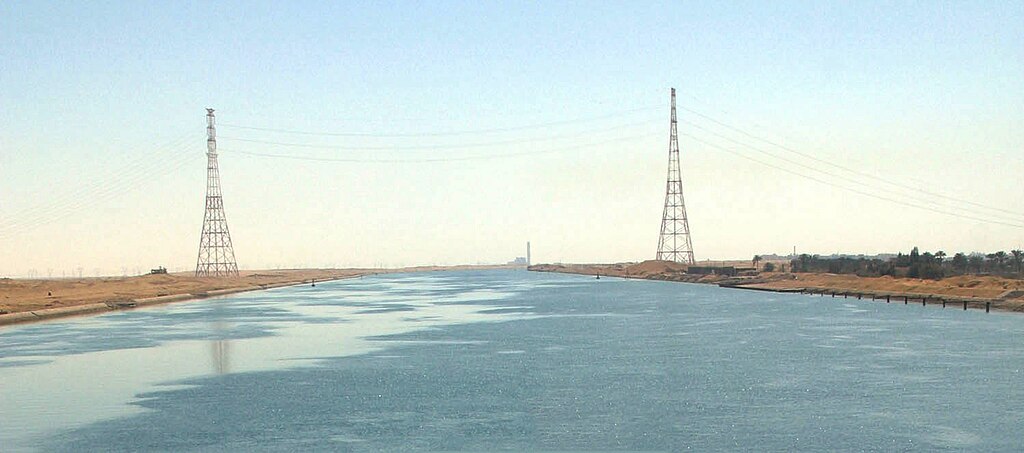
The construction and operation of the Suez Canal have posed significant environmental challenges. The canal created a new passage for marine life between the Mediterranean and Red Seas, leading to ecological changes. Invasive species have spread through the canal, affecting local ecosystems. Managing these environmental impacts continues to be a challenge for those responsible for the canal.
The Role of the Suez Canal in Global Oil Trade
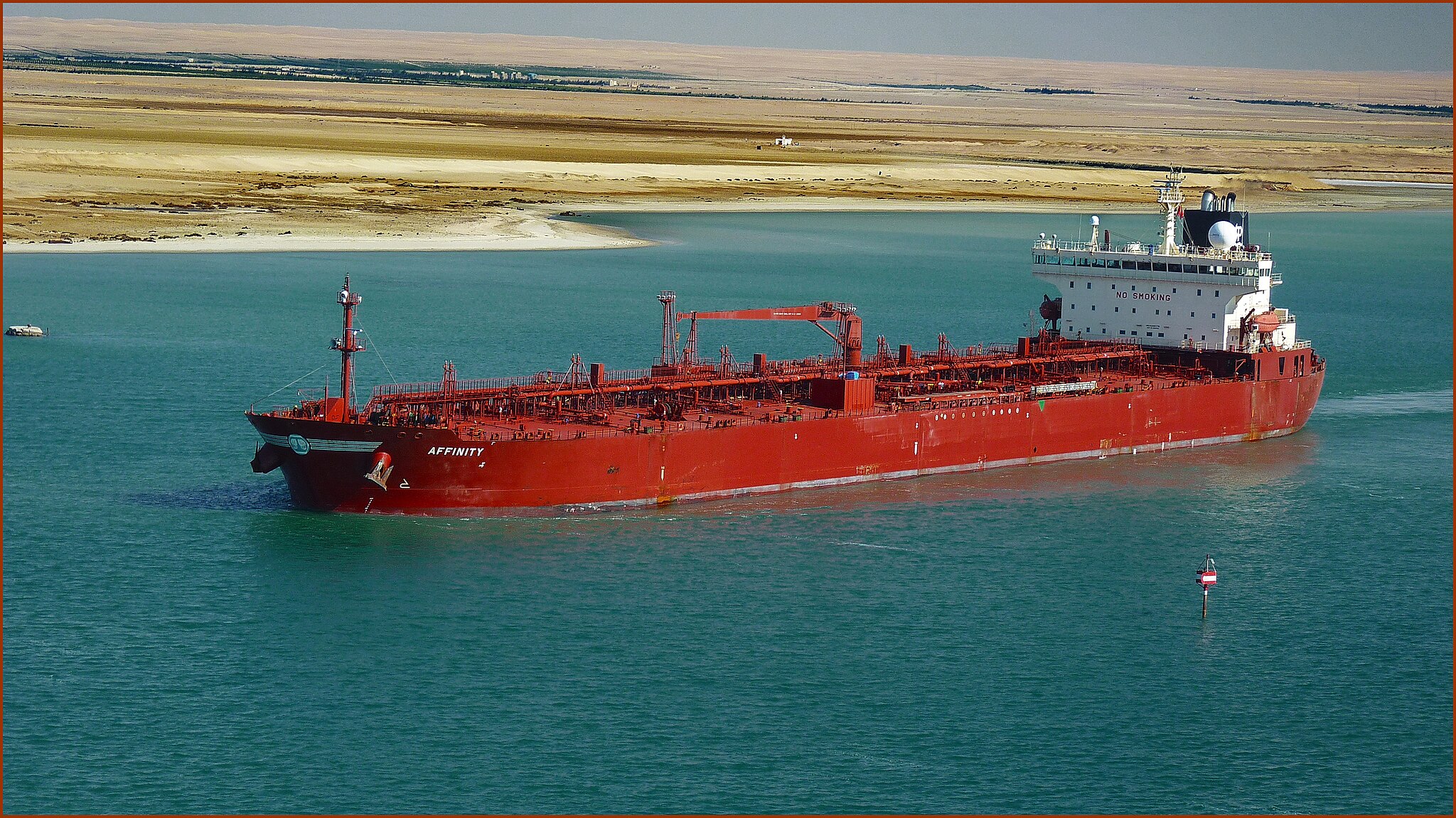
The Suez Canal plays a vital role in the global oil trade, with a significant percentage of the world’s oil passing through it. Its closure or disruption can have a major impact on global oil prices and supply. The canal’s importance in energy markets makes it a key point of interest for both governments and corporations. This role in the oil trade underscores its ongoing strategic importance.
The Canal Expansion Projects
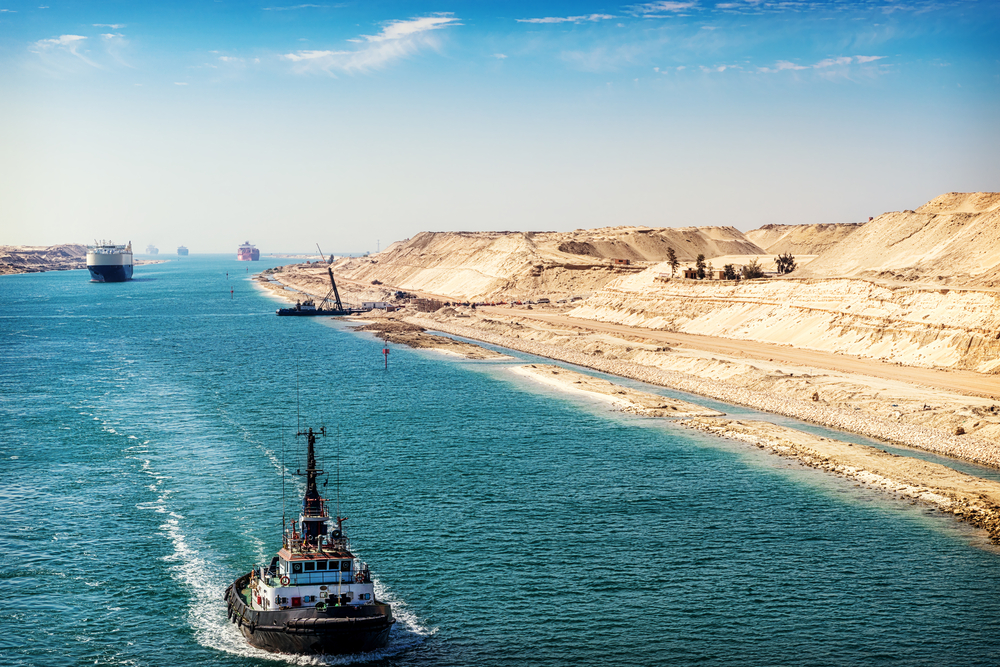
To accommodate the ever-increasing size of ships, several expansion projects have been undertaken. The most significant of these was the New Suez Canal project, completed in 2015. This expansion allowed for two-way traffic in parts of the canal and reduced waiting times for vessels. These improvements are crucial for maintaining the canal’s competitiveness in global shipping.
The Suez Canal Authority
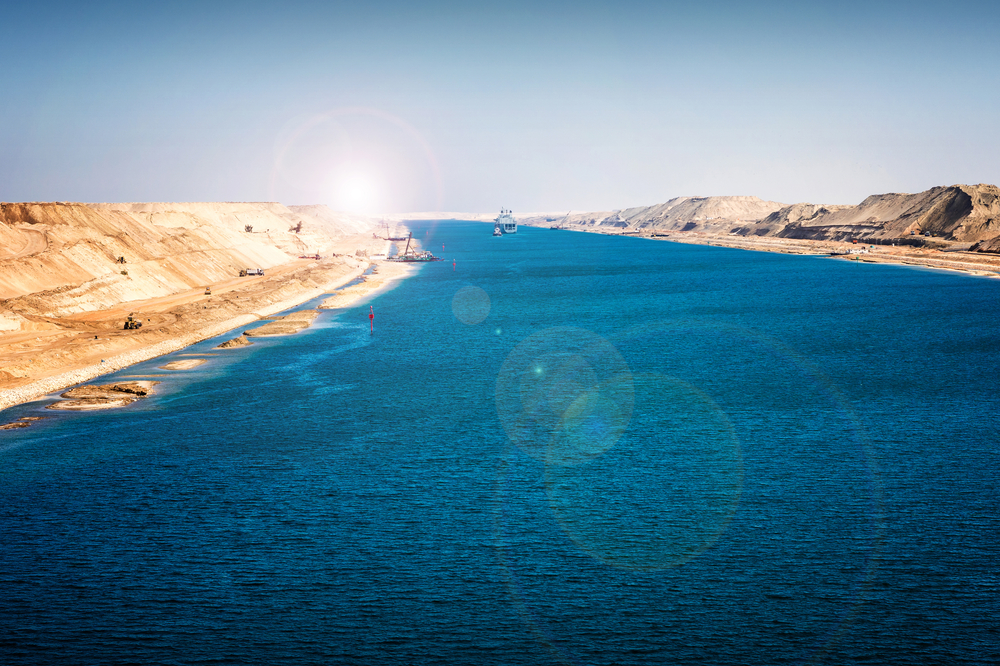
The Suez Canal is managed by the Suez Canal Authority (SCA), an Egyptian state-owned entity. The SCA oversees the operation, maintenance, and development of the canal. It also plays a key role in setting tolls and regulations for ships passing through. The authority’s work is essential to the smooth functioning of this vital waterway.
The 2021 Ever Given Incident
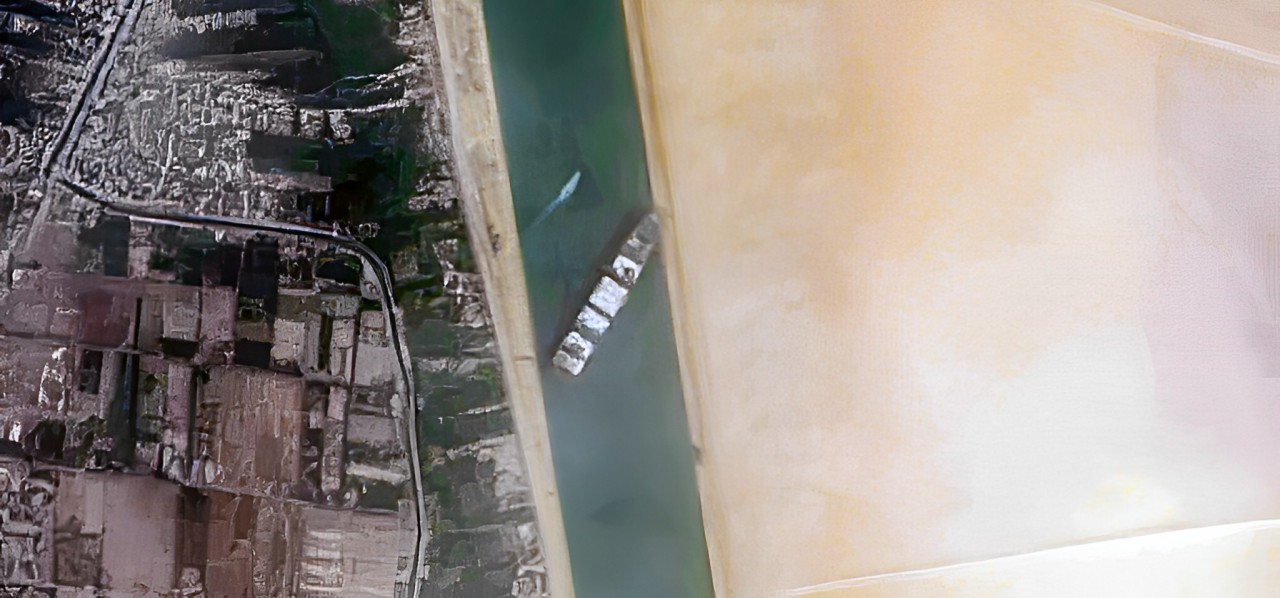
In March 2021, the Ever Given, one of the largest container ships in the world, became lodged in the Suez Canal, blocking traffic for six days. The incident highlighted the vulnerability of global trade routes and the importance of the canal. The blockage caused significant delays in global shipping and underscored the need for careful navigation through the canal. It was a stark reminder of how crucial the canal is to the world economy.
The Canal’s Economic Impact on Egypt
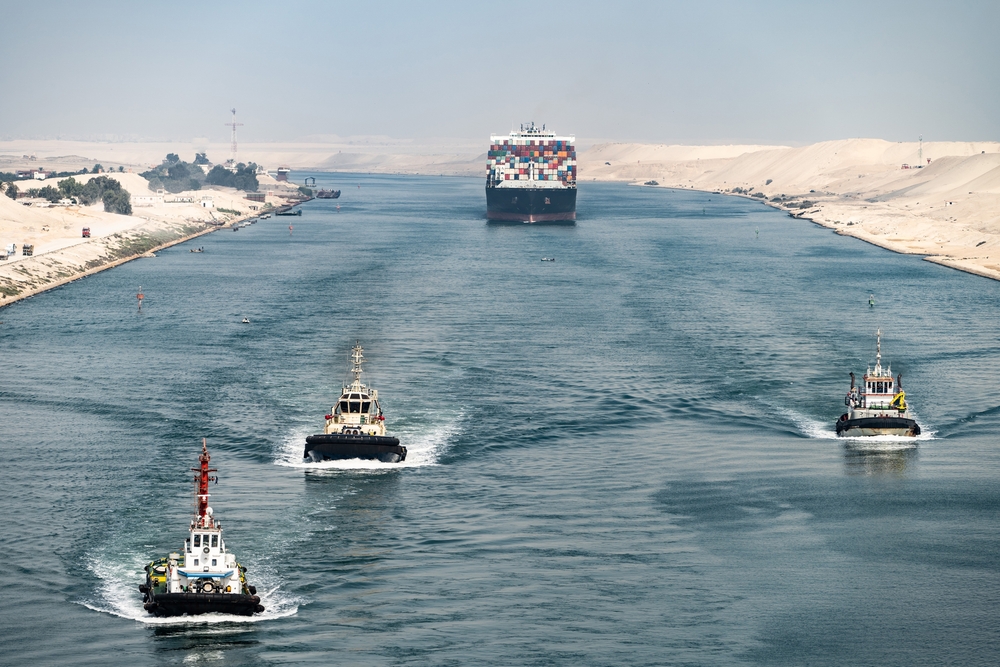
The Suez Canal is a major source of revenue for Egypt, contributing billions of dollars annually to the national economy. The canal’s income comes from tolls paid by ships passing through, making it one of the country’s most valuable assets. The revenue generated by the canal has funded various development projects in Egypt. Its economic importance to the country cannot be overstated.
The Role of Pilots in Navigating the Canal
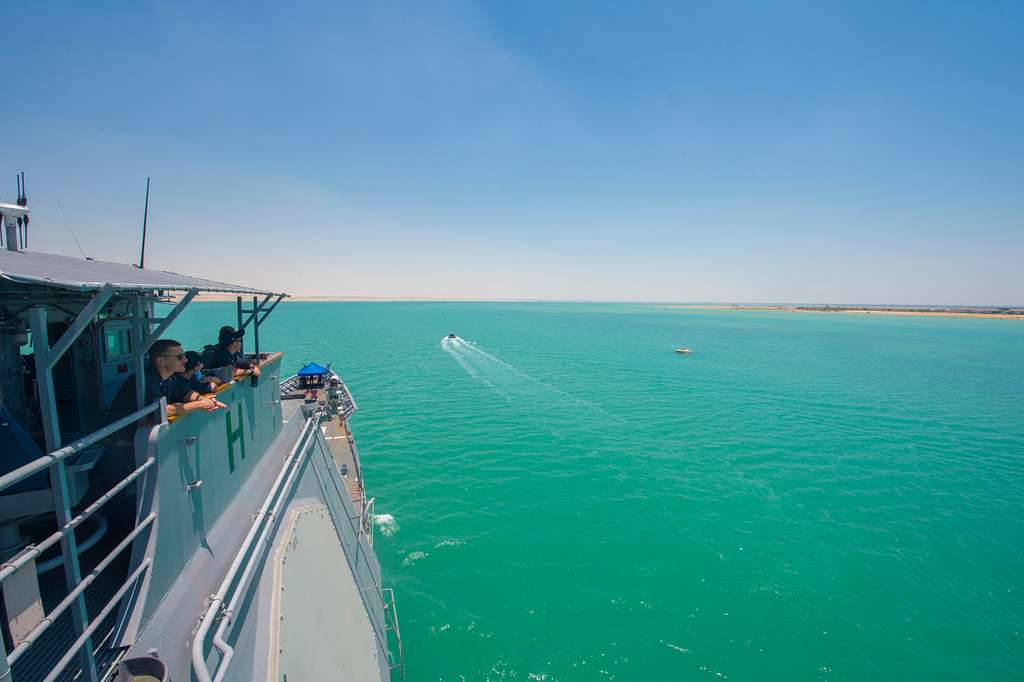
Navigating the Suez Canal is a complex task that requires the expertise of specially trained pilots. These pilots board ships as they enter the canal and guide them through the passage. Their knowledge of the canal’s currents, depth, and potential hazards is crucial to ensuring safe transit. The role of these pilots is essential to preventing accidents and maintaining smooth operations.
The Canal’s Role in Global Trade
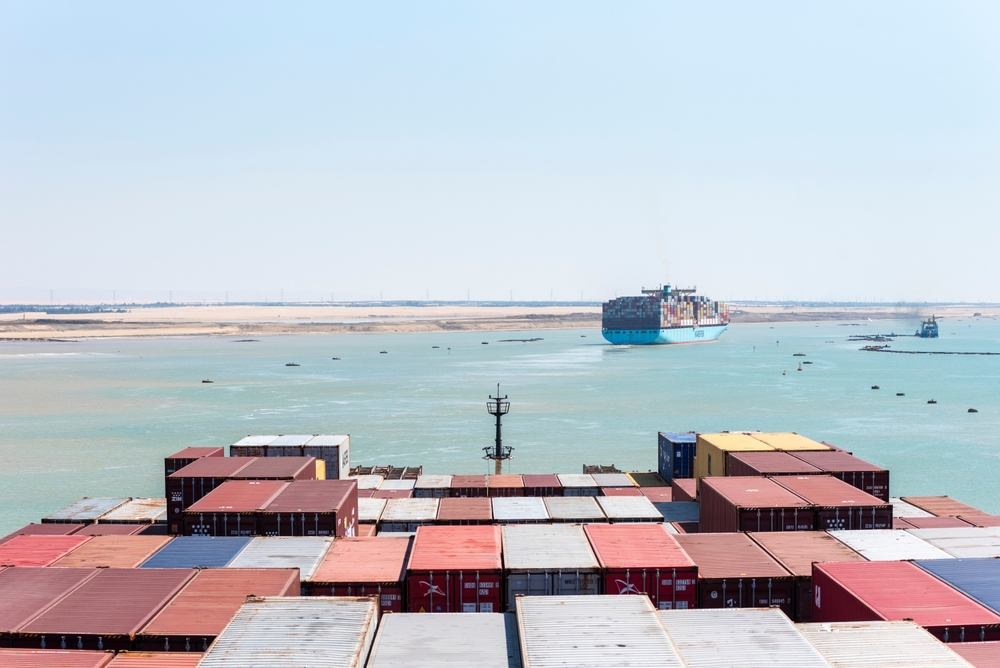
The Suez Canal handles around 12% of global trade, making it one of the most important waterways in the world. Its ability to connect the Mediterranean and Red Seas provides a critical shortcut for shipping. The canal’s role in global trade cannot be understated, as it significantly reduces the distance, time, and cost of transporting goods between Europe and Asia. Its impact on global commerce is immense.
Future Challenges and Opportunities
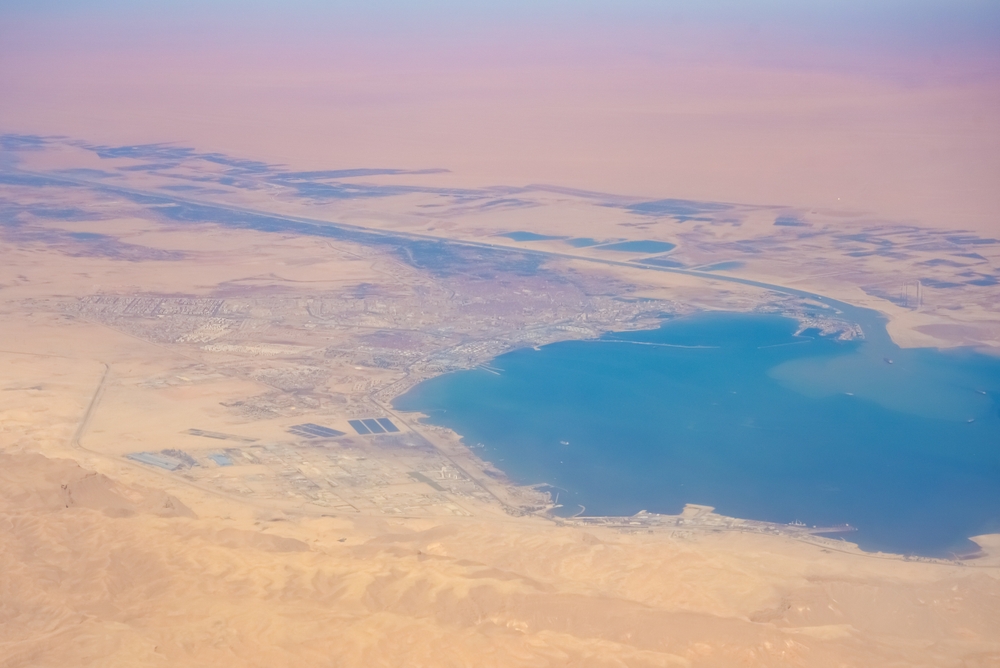
As global trade continues to evolve, the Suez Canal faces both challenges and opportunities. Climate change, shifts in trade routes, and technological advancements in shipping are just a few of the factors that will shape its future. The canal’s ability to adapt to these changes will determine its continued relevance in the decades to come. The Suez Canal remains a symbol of human ingenuity and the ongoing quest for global connectivity.
This article originally appeared on UnifyCosmos.
More from UnifyCosmos
20 Transformative Makeup Tricks for Every Face Shape

Makeup can enhance your natural features and help you feel more confident. However, applying it in a way that suits your face shape can make a big difference. Read More
20 Waterproof Makeup Essentials for Beach Days

When you’re spending the day at the beach, you want to look your best without worrying about your makeup melting away. The key is to choose waterproof products that can withstand sun, sweat, and surf, keeping you fresh and flawless all day long. Read More
18 Glowing Skin Tips for a Radiant Summer Complexion

Summer is the perfect time to let your skin shine. With a few simple changes to your routine, you can achieve that radiant, sun-kissed glow everyone craves. Read More
Leave a Reply